Disassembly and brief look the engine in stock form can be found in this blog entry: http://pretuning.com/2011/10/hyundai-genesis-coupe-2-0t-4b11-engine-disassembly-and-evaluation/
This is a Hyundai Genesis Coupe engine build I recently completed. As of right now, there are very few performance parts available for the engine. Although the Hyundai Theta 2.0 engine is very similar to the Mitsubishi 4B11T, the only parts that directly cross over are ARP head studs and head gaskets. Engine bearings and connecting rods are different in size and will not work even with extensive modification to either part. Below is a description of the work performed on the engine and part used, both stock and aftermarket. Enjoy!
Engine parts list:
- Manley 86.5mm forged pistons
- K1 Technologies steel connecting rods, come with ARP 2000 rod bolts
- ACL main and rod bearings custom made for application
- OEM thrust bearings
- ARP main studs, custom made for application
- ARP head stud kit, 4B11T part
- Cosworth 87mm bore, 1.1mm thick head gasket
Engine machine work performed:
- Block bore/hone to 86.5mm
- Block align hone with ARP main studs
- Balance and polish crankshaft
- Weight match rods and pistons
- Hand stone block and cylinder head mating surfaces
- Inspect cylinder head, hand-lap valves, and check seal
Engine component review:
- Block– Cylinder block is aluminum construction, die cast, open deck design. Not the best for performance. Mitsubishi 4B11T block is a semi closed deck design with reinforcement at the cylinder head mating surface. This Hyundai block can greatly benefit from a flanged sleeve or a Honda-style girdle to prevent cylinders from walking and distorting under high cylinder pressure condition. Hyundai Theta block utilizes 2 bolt main caps, while Mitsubishi 4B11T utilizes 4 bolt main caps. Piston cooling jets fed from the main oil gallery spray oil on the intake side of the piston.
- Cylinder head– Excellent design of the head. Direct bucket over valve design unlike 4G63 which was a roller rocker design. 4B11T uses very thin 5.5mm stems on the intake and exhaust valves. 4G63 used 6.5mm stems on intake and exhaust. 4B11T uses very light weight shimless buckets. Intake and exhaust camshaft use an oil pressure controlled vain-type variable valve control system. Early 4G63 had no MIVEC system and late 4G63 only had MIVEC on intake camshaft. 4B11T camshafts are chain driven versus belt drive of the 4G63. Single valve springs utilized in the 4B11T.
- Oil pump– Oil pump is mounted on the bottom of the upper oil pan girdle and chain driven off the front of the crankshaft. Oil pump is a gear-rotor design with a single stage for pressure. 4G63 used a spur gear style oil pump driven by the timing belt as an auxiliary item.
- Crankshaft– Crankshaft is forged. It uses smaller rod and main journals than the EVO 10 4B11T version. Rear of the crankshaft has provision for crankshaft position reluctor wheel, which is used by the Mitsubishi 4B11T. Hyundai engine uses the flywheel for crankshaft position. Since the rear of the crankshaft has provisions for the timing sprocket but does not use it, the crankshaft is actually out of balance. The front of the crankshaft was within 2 grams, while the rear was off by 10.5g. This required extensive drilling of the counterweight to correct out of balance. This out of balance can be detrimental to engine bearing life due to crankshaft flex at high engine rpm.
- Connecting rods– Hyundai engine uses powder steel metallurgy connecting rods. This is a cheap and effective way of production line manufacturing and adequate for the horsepower requirement of a stock factory engine. This type of connecting rod is not adequate for increased horsepower and high rpm engine. Powder steel metallurgy connecting rods usually fail catastrophically in a fracture fashion. Mitsubishi 4B11T engine uses forged steel connecting rods.
- Pistons– Pistons are cast aluminum using thin, performance-style rings. Stock pistons use a Teflon type of friction coating on the skirts.
- Gaskets– Stock head gasket is a multi layer steel design using 3 layers. Exhaust manifold gasket is a multi layer stainless steel design. Intake manifold gasket is a single layer metal design.

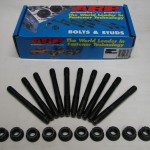
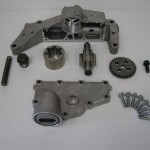
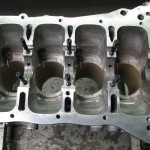
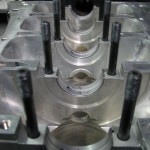

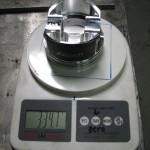
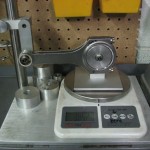
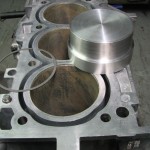
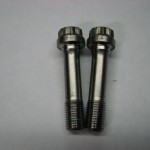
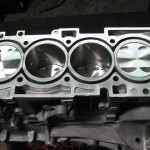
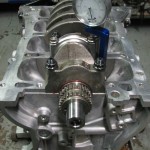
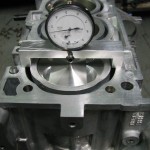
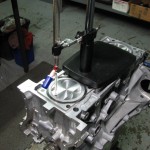
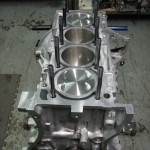
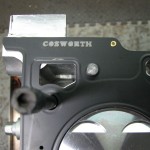
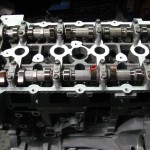
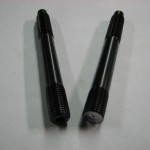
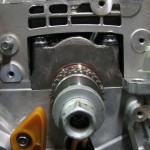
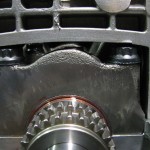
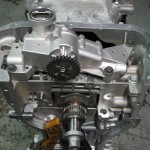
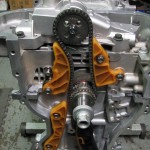
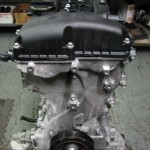
Comments are closed.